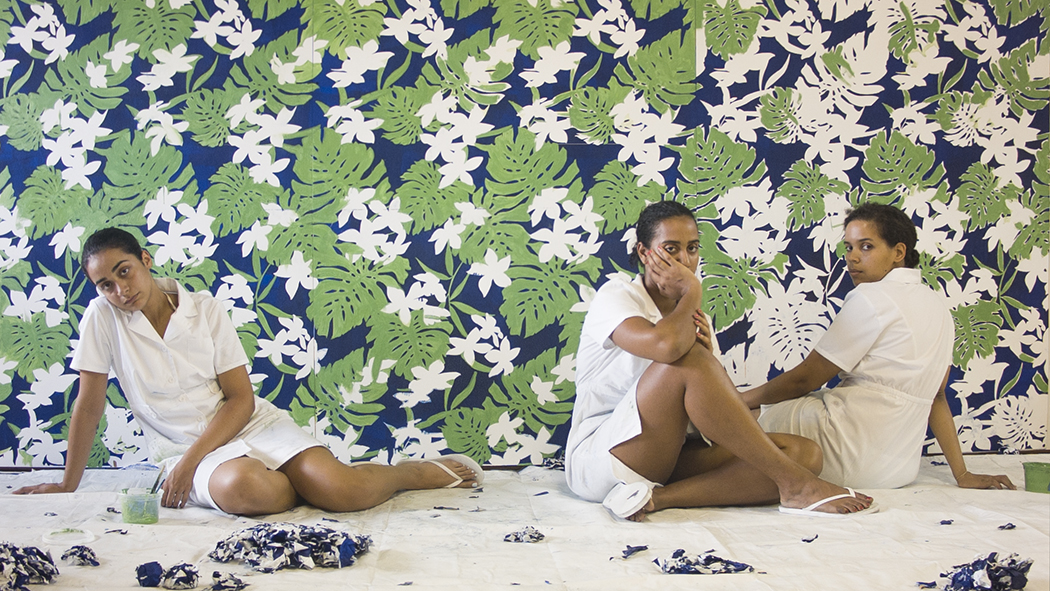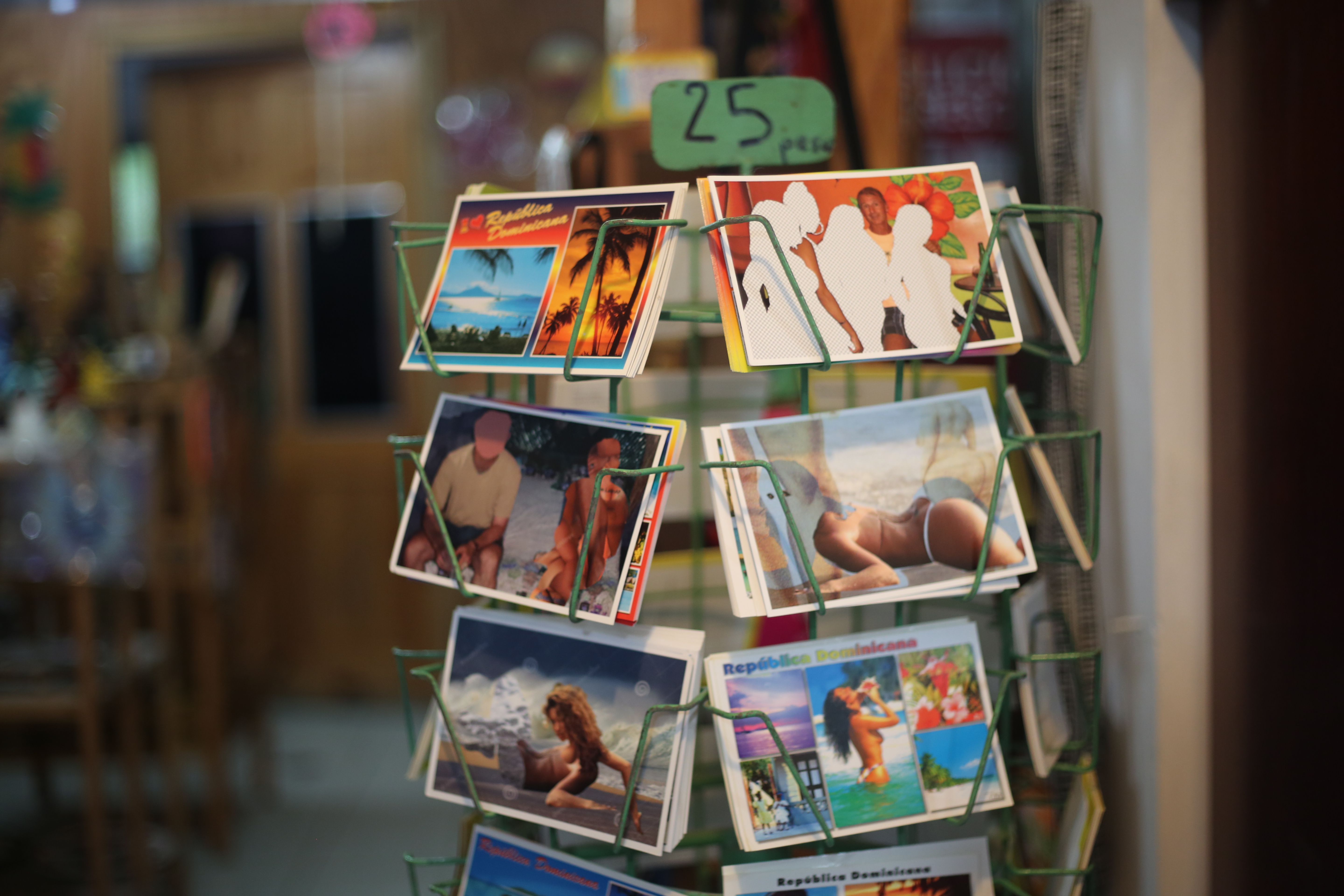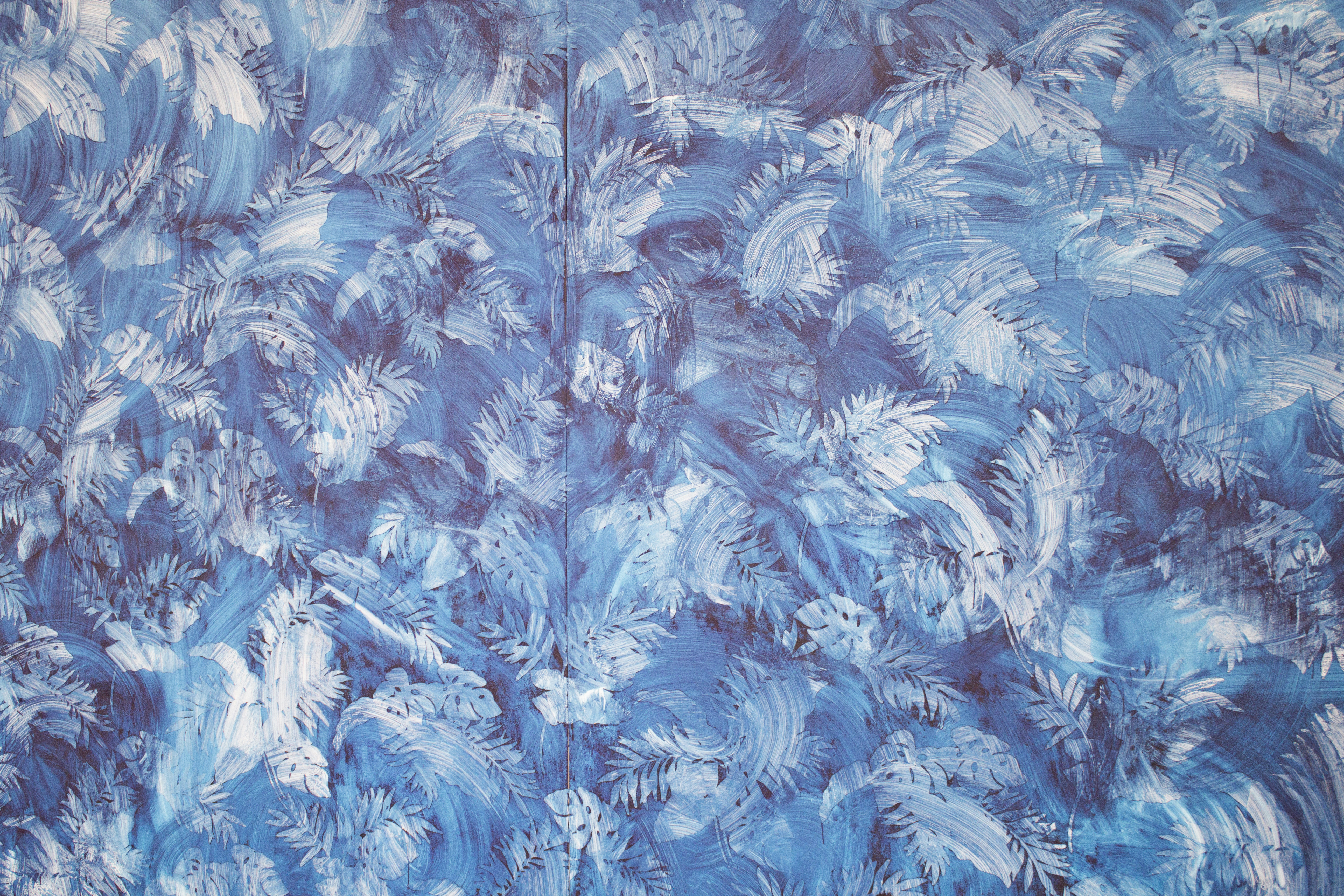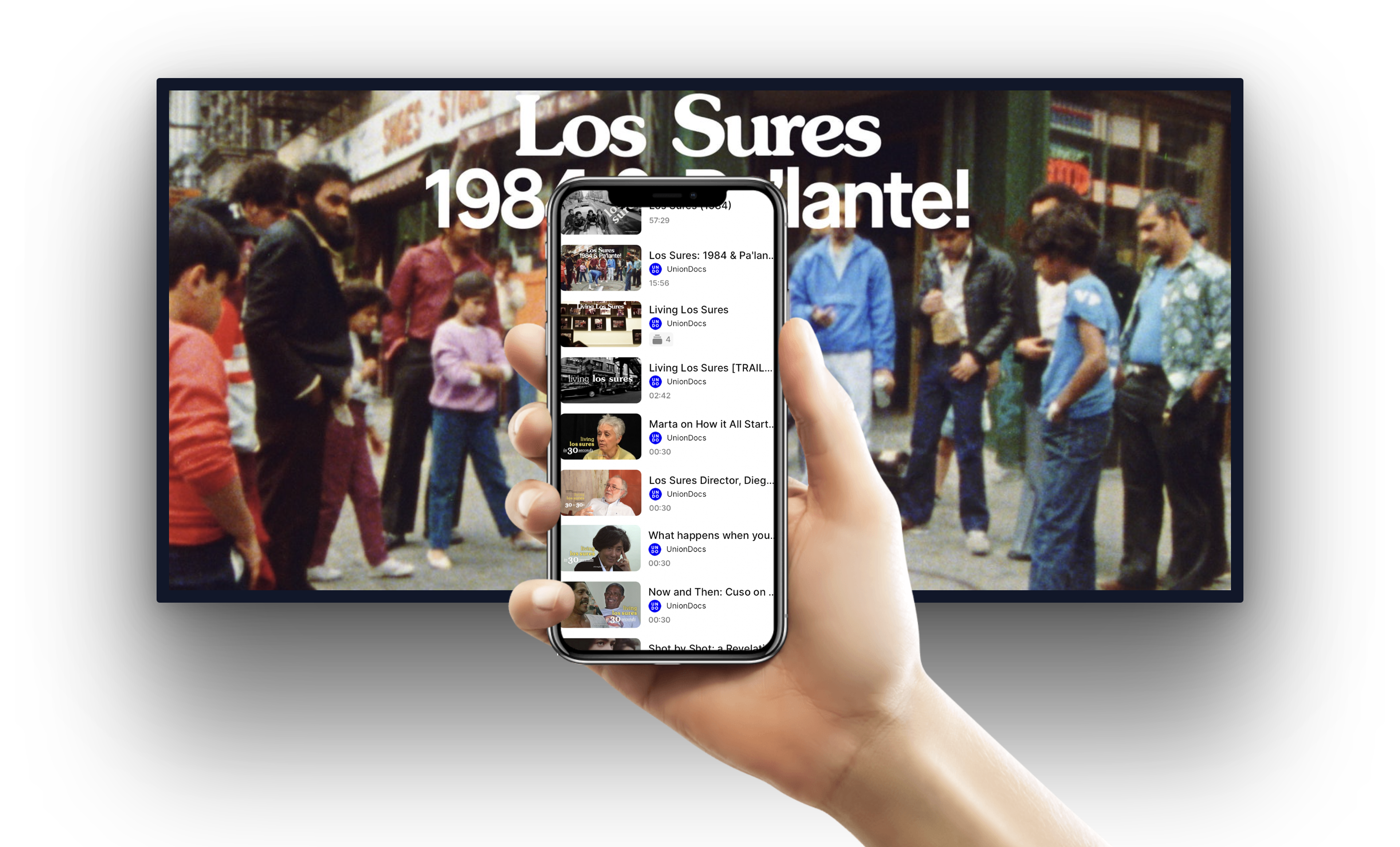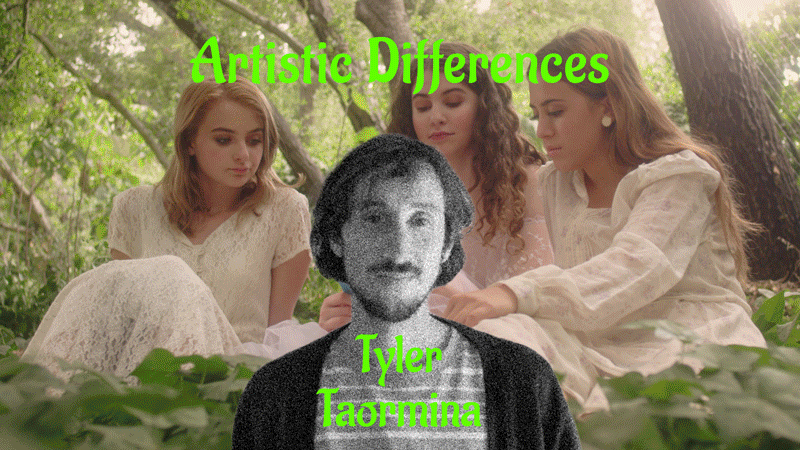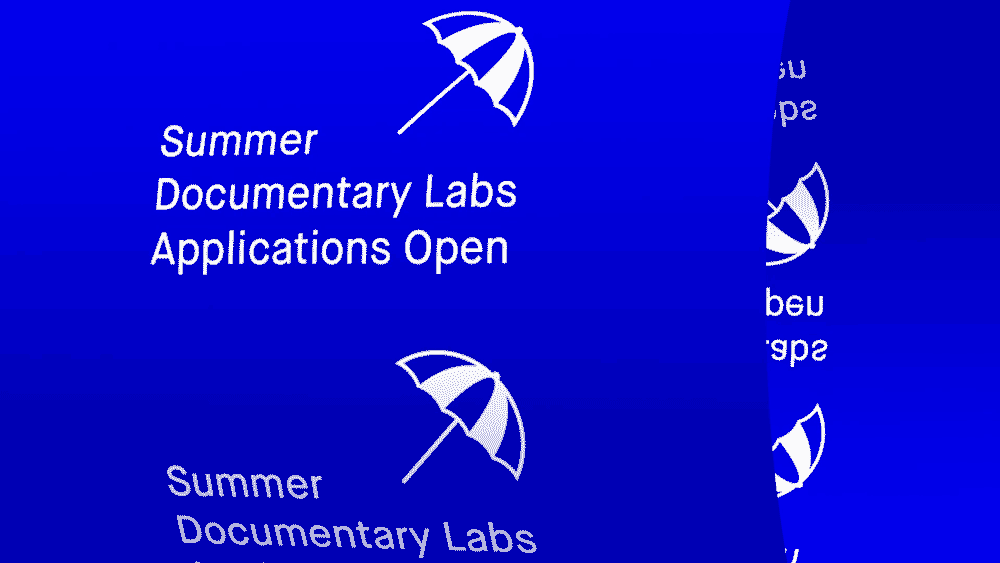What You Get Is What You See is back for 2019 featuring artist and performer Joiri Minaya. In this installment of the series, Minaya will present her research on tropical pattern design and its roots in exploration, exploitation and labor, and how this history continues through rampant capitalist tourism in the tropics. In this multidisciplinary event, the artist shifts the gaze from a historic colonial one to a contemporary perspective of a woman of color. Minaya will be joined for conversation following the presentation by Curator Mathilde Walker-Billaud

- This event has passed.
Mar 31, 2019 at 7:30 pm
There is a Gaze Thrust Upon Me
Presentation by Joiri Minaya with conversation to follow with Mathilde Walker-Billaud
Program
Performative Reading
15 min.
Labadee
7 min., 2017
Labadee is a short video documenting parts of a Royal Caribbean cruise trip in Labadee, Haiti, and the dynamics that unfold in this privately-managed space (the space is fenced o and leased to Royal Caribbean until 2050). The subtitles in the video begin with text from the diary of Christopher Columbus when they first saw land, moving into a contemporary recount of the trip we’re seeing.
It meditates on the exploitation, self-exploitation, performance and access control created by the system of tourism in the Caribbean, and, in linking it to Columbus’ Invasion through the first sentences in the subtitles, it traces the lineage of these contemporary spaces to colonization.
Tropical Gaze: Looking Back
30 min.
In this mixed media presentation, the artist will pair images of tropical exoticism with comments and reflections based on her research and artistic practice. She will discuss her awareness of being seen as well as strategies to unlearn and exorcise the colonial gaze.
52 min
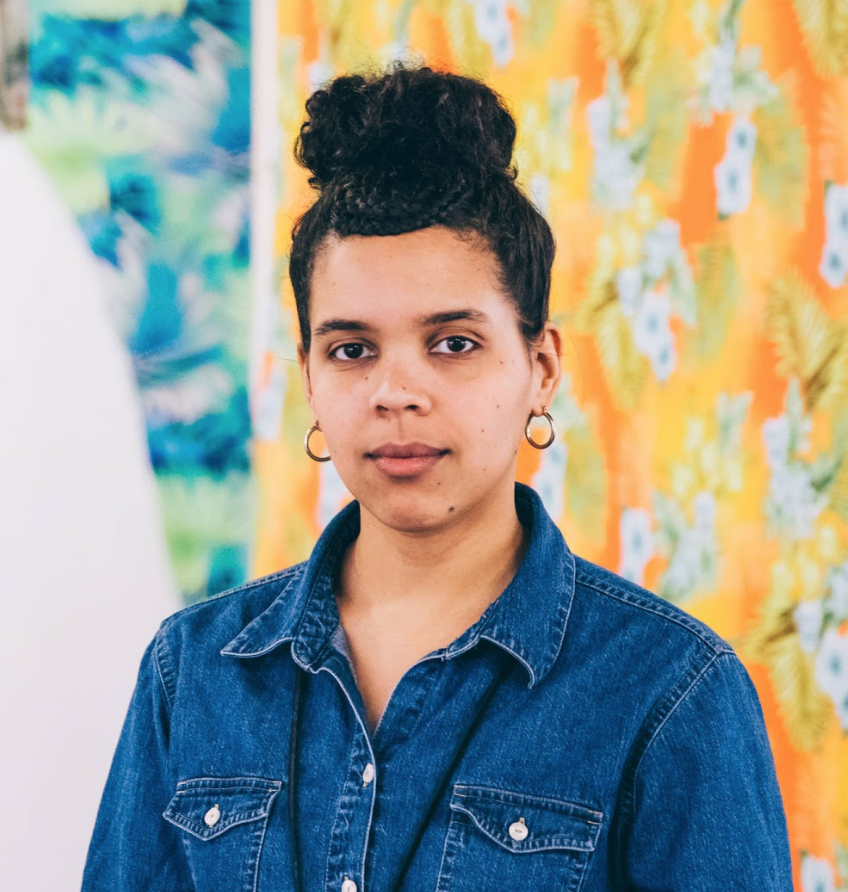
Joiri Minaya is a Dominican-American multi-disciplinary artist whose work deals with identity, otherness, self-consciousness and displacement, investigating the female body within constructions of identity, social space and hierarchies. Born in New York, U.S, she grew up in the Dominican Republic. Minaya graduated from the Escuela Nacional de Artes Visuales in Santo Domingo in 2009, the Altos de Chavón School of Design in 2011 and Parsons the New School for Design in 2013. She has been a resident artist at Skowhegan School of Painting and Sculpture, Guttenberg Arts, Smack Mellon and Bronx- ArtSpace, and has participated in the Bronx Museum’s AIM Program and the NYFA Mentoring Program for Immigrant Artists. Minaya has exhibited across the Dominican Republic and the Caribbean, as well as NYC, NJ, Miami, LA, Philadelphia and various other cities around the U.S. Her work is in the collection of the Museo de Arte Moderno in Santo Domingo and the Centro León Jiménes in Santiago, Dominican Republic.
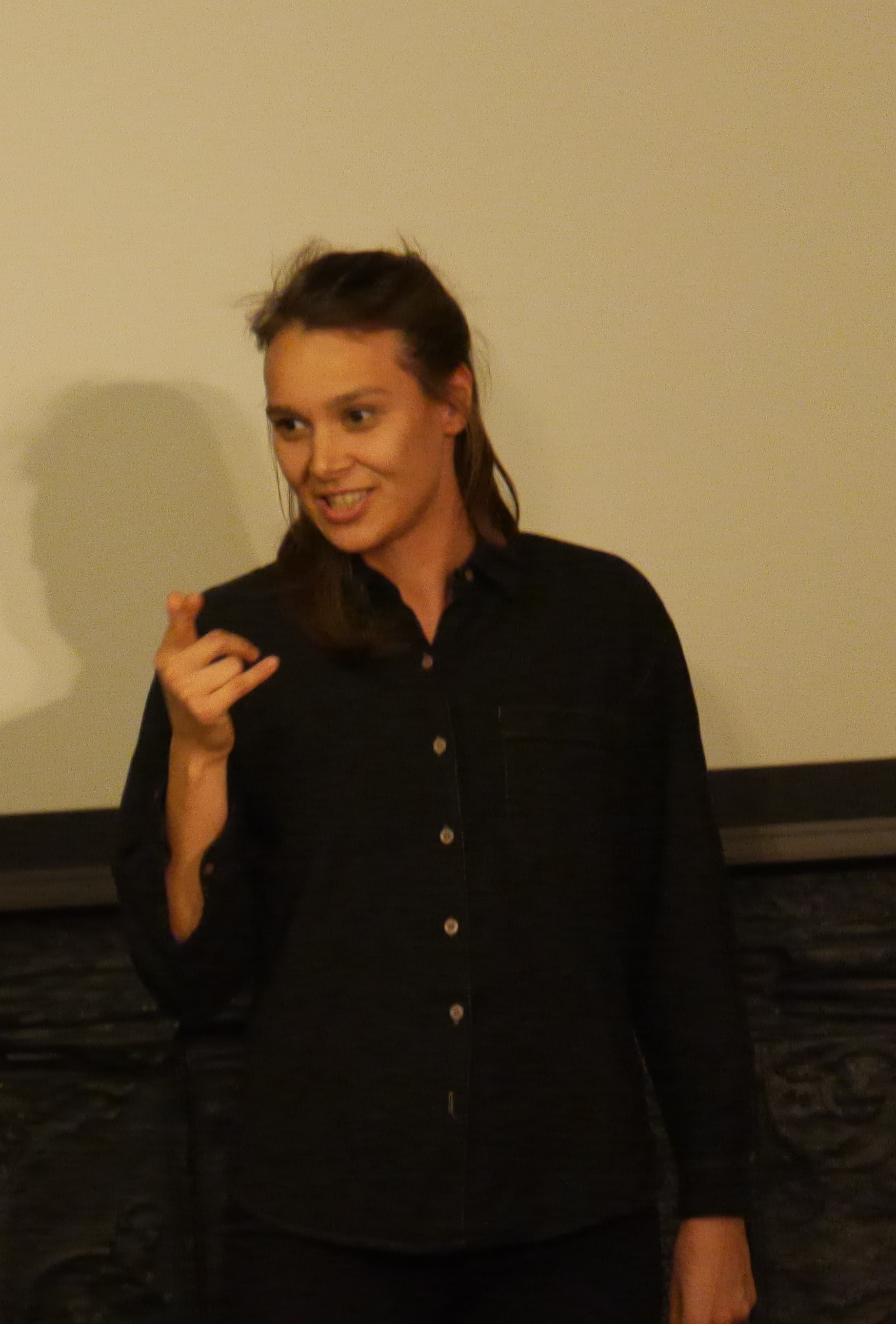
Mathilde Walker-Billaud is an independent curator and cultural producer based in New York, City. She trained and worked as an art editor in Paris. As a Program Director at the cultural services of the French Embassy in New York City, she organized multidisciplinary programs related to fiction and non fiction writings translated from French. She also co-programmed and produced five editions of the international festival of performances and ideas “Walls and Bridges” for Villa Gillet in New York City. For UnionDocs, Walker-Billaud programs workshops and hosts a series of mixed media talks about spectatorship “What You Get Is What You see” which featured Nora Chipaumire, Luc Sante, David Levine, DJ /rupture, Melanie Bonajo, Martha Rosler, Lawrence Abu Hamdan and more.
About the Series - What You Get is What You See
Filmmakers, artists and writers share their personal observations as viewers, readers, watchers, listeners and audience members. It is a critical space where reception is scrutinized and disentangled, where viewership is exposed as an everyday political act.
This series gives us the opportunity to review the traditional binaries attached to spectatorship: individual/collective, author/spectator, active/passive, life/art, real/fake and discuss the relevance of these terminologies today. This feels critically important as we increasingly rely on digital data and mediated experiences, as we navigate a society that has totally integrated and embraced the spectacular.
Focusing more on the process than the result, the program also highlights the role of spectatorship in creative practice.

